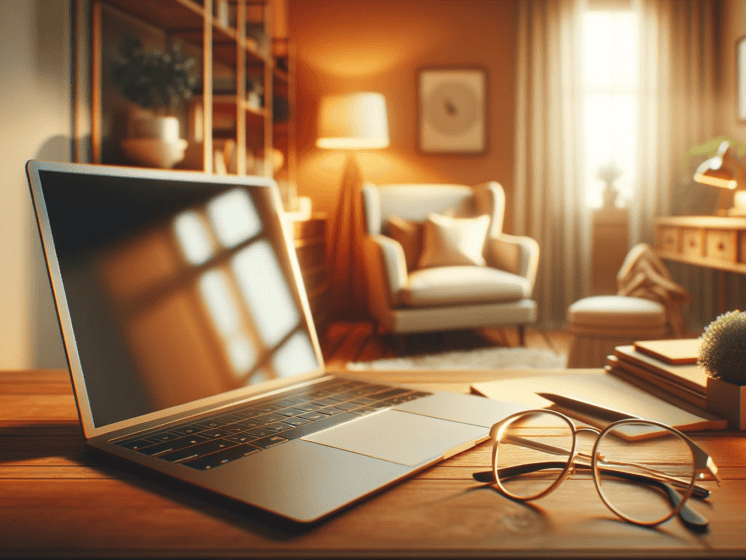How Does Screen Time Affect Eye Health?
Spending long periods of time looking at digital screens—whether it’s a computer, tablet, smartphone, or television—can strain your eyes and lead to discomfort. This discomfort is often referred to as digital eye strain or computer vision syndrome. The effects of prolonged screen use can include dryness, blurry vision, headaches, and general eye fatigue. When you spend a lot of time looking at a screen, your blink rate tends to decrease, causing your eyes to dry out. Additionally, constantly shifting focus from the screen to other tasks and back again can lead to tired, overworked eyes.
What Are the Symptoms of Digital Eye Strain?
Digital eye strain can manifest in a number of ways, and its severity varies from person to person. Common symptoms include:
- Dry, irritated, or red eyes
- Blurred or double vision
- Headaches or neck pain
- Sensitivity to light
- Eye fatigue or difficulty keeping your eyes open
- Difficulty focusing on distant objects after screen use
These symptoms often worsen after extended periods of screen time, especially if proper breaks are not taken or if you’re using your screens in poor lighting conditions.
How Can You Reduce Eye Strain from Screen Use?
To reduce eye strain caused by screen time, it is important to take regular breaks. One of the most popular methods to alleviate eye strain is the “20-20-20 rule.” This rule suggests that for every 20 minutes spent looking at a screen, you should look at something 20 feet away for at least 20 seconds. This gives your eyes a chance to refocus and relax.
Adjusting your screen settings can also make a significant difference. Reducing screen brightness, increasing text size, and using a blue light filter can reduce glare and make the screen more comfortable to view. Positioning your screen so that it is at eye level and about an arm’s length away can help prevent neck and back strain as well as visual discomfort.
Does Blue Light From Screens Harm Your Eyes?
Blue light is a high-energy visible light that digital screens emit in significant amounts. While blue light exposure from screens can contribute to eye strain, it hasn’t been proven to cause long-term damage to the eyes. However, blue light can affect sleep patterns by disrupting the natural production of melatonin, the hormone that controls sleep-wake cycles. Using screens before bed can lead to difficulty falling asleep and lower sleep quality. Learn more about the effects of blue light.
Can Screen Time Cause Permanent Eye Damage?
There is currently no evidence that screen time causes permanent damage to the eyes. However, the discomfort associated with digital eye strain can significantly impact daily life and productivity. While symptoms like dryness, blurry vision, and headaches may be temporary, they can become more frequent and severe with continued excessive screen use.
Can Eyewear Help Reduce Digital Eye Strain?
Specially designed eyewear can help alleviate the effects of screen time. Anti-reflective coatings on glasses can reduce glare and improve comfort when using screens. There are also blue light-blocking lenses to filter out blue light, reducing eye strain and potentially improving sleep quality if worn in the evening. If you experience symptoms of digital eye strain frequently or they worsen over time, consult with an eye care professional. They can assess your vision and recommend proper eyewear if needed.
Discover independent eyewear with Project Spex. Every Friday, we deliver the latest in collectible eyewear and your favorite independent designers.
Sign up now and never miss a thing!
About The Author:

Will Benjamin is an advocate for independent eyewear and one of the driving forces behind Project Spex. With a passion for unique, collectible, and limited-edition eyewear, Will aims to inspire people to build their own collections through Project Spex, while supporting the success of independent opticals.


